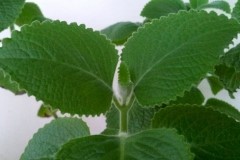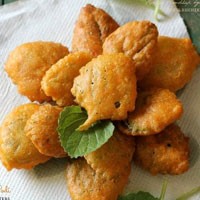In late 2009, he moved to Luang Prabang, Laos as the Executive Chef of Belmond’s (Previously Orient-Express) La Residence Phou Vao.
He realised his childhood dream when he opened his own French restaurant, “39” and “Reynard” in Bangkok in 2011 and did some consulting as well in Myanmar.
From 2012, Chef Nicolas has worked to famous Brands such as Conrad Bangkok, Absinthe and Deliciae group Singapore and Fullerton Bay Hotel Singapore.
Chef Nicolas culinary philosophy is derived from his time spent in Asia. He enjoy creating seafood dishes, and even more so the challenge of using Asian ingredient prepared with traditional French techniques.
Chef Nicolas has a great idea in 2018, it was to bring a taste of his Provence hometown to South East Asia.
So he opened his Farmer Market “Le Petit Marche” at the Salvation Army. He cooks now only for private clients and he finally decided to bring in Singapore his favourite Family’s own Honey and create recipes made of it for all of you!
Learn with a talented and Experienced Chef in your own kitchen or try his tasting products at his private events during the weekend!
An unforgettable moment awaits. Ideal for sharing a friendly shop around knowledge and culinary techniques; all punctuated by good humour Chef Nicolas. You are sure to find your happiness.

































